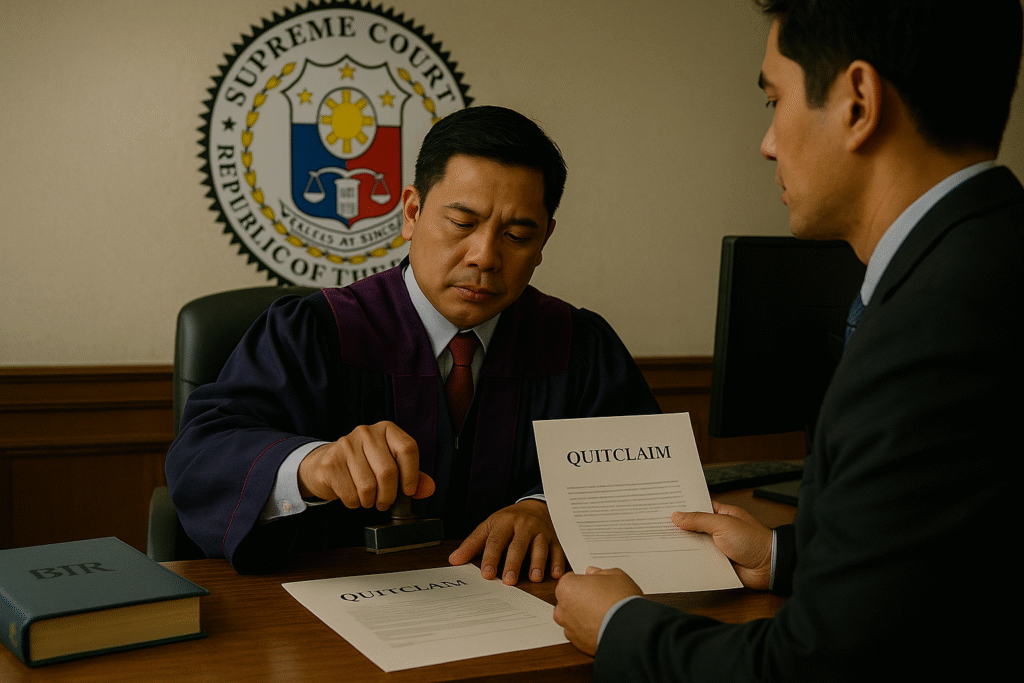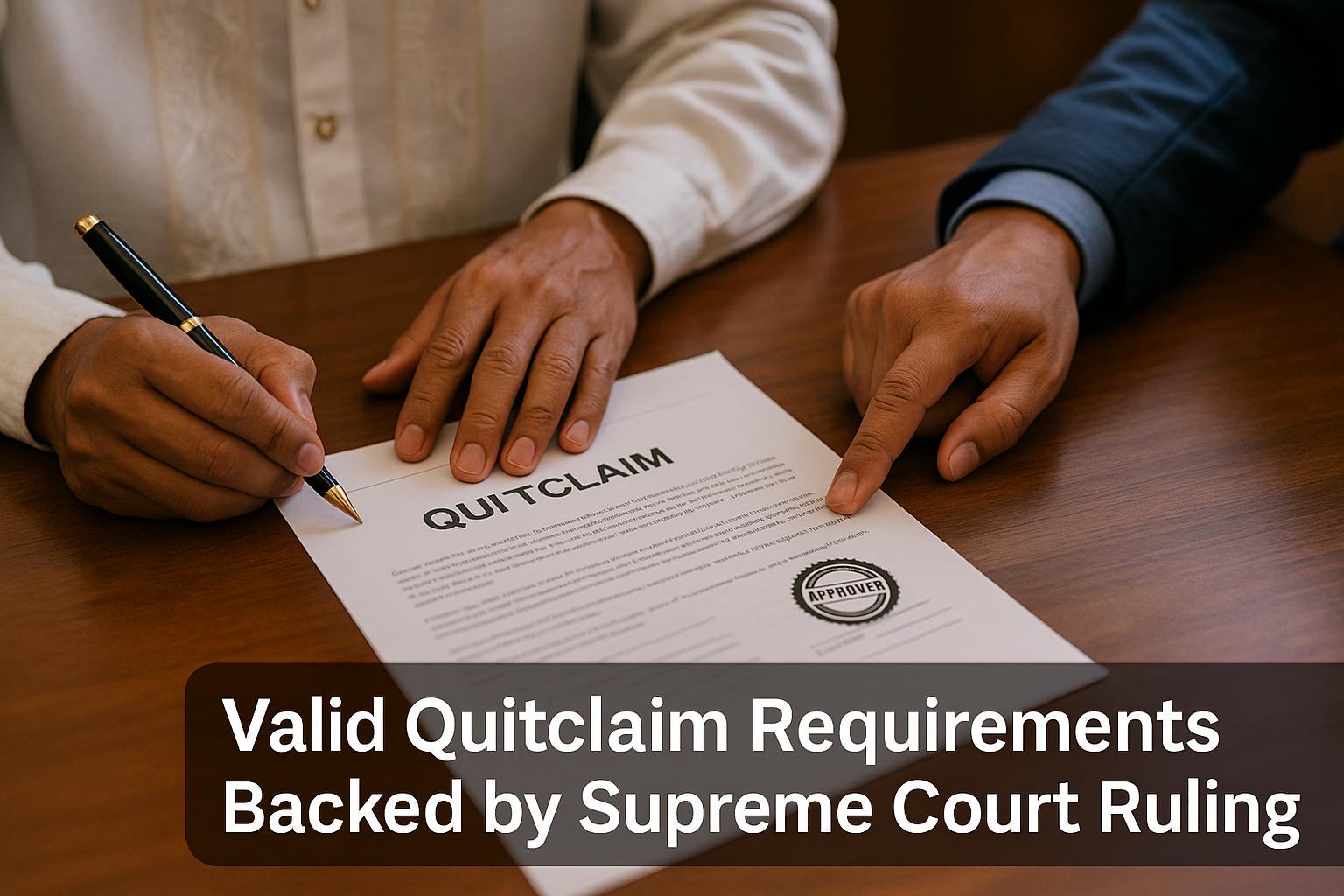November 15, 2024

As ruled by the Hon. Supreme Court in the case of Leo A. Abad et. al. vs. San Roque Metals Inc., G.R. No. 255368 – May 29, 2024, the requisites of a valid quitclaim executed by an employee are the following:

(1) the employees execute the deed of quitclaim voluntarily;
(2) there is no fraud or deceit on the part of any of the parties;
(3) the consideration of the quitclaim must be credible and reasonable; and,
(4) the contract is not contrary to law, public order, public policy, morals, or good customs, or prejudicial to a third person with a right recognized by law. Absent these elements, the quitclaim may be invalidated. Consequently an invalidated quitclaim does not have the effect of res judicata between the parties.”
Also in the same case, the Hon. Supreme Court ruled that “[W]hen the Court reviews a Decision of the CA in a petition for Certiorari assailing a ruling of the NLRC, its scope of review is limited to the correctness of review of the CA’s finding of grave abuse of discretion. In labor cases, the NLRC abuses its discretion when “its findings and conclusions are not supported by substantial evidence, which refers to that amount of relevant evidence that a reasonable might accept as adequate to justify a conclusion,” or when its ruling finds no basis in the evidence and applicable statutes and case law.”


